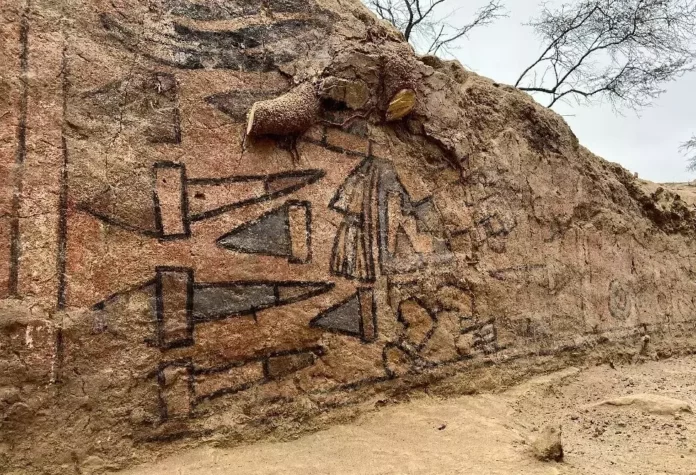In an extraordinary turn of events, a team of archaeology students in northern Peru has unearthed a hidden gem from the past. After a rigorous four-year search, the team, led by Swiss archaeologist Sam Ghavami, has revealed a 1,000-year-old mural known as the Huaca Pintada. This significant discovery offers a rare glimpse into the pre-Hispanic world and has been hailed as one of the most exciting finds in recent years.
The Discovery
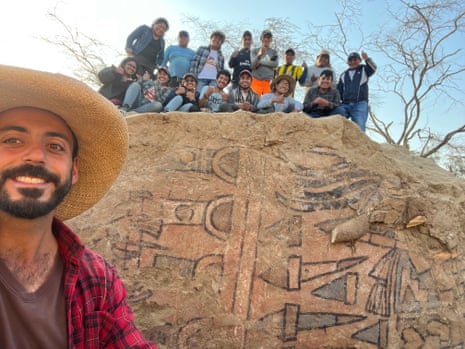
In the village of Lambayeque, Peru, the dedicated efforts of a team of student archaeologists have led to an incredible archaeological breakthrough. The mural, which had been lost to time and overgrown foliage, was found under the leadership of Sam Ghavami from the University of Fribourg. Known as the Huaca Pintada, this 30-meter-long fresco dates back a millennium and features intricate depictions of mythical scenes. These include a bird-like deity surrounded by warriors, rendered in vibrant hues of blue, brown, red, white, and mustard yellow. Remarkably, the colors have remained well-preserved through the centuries.
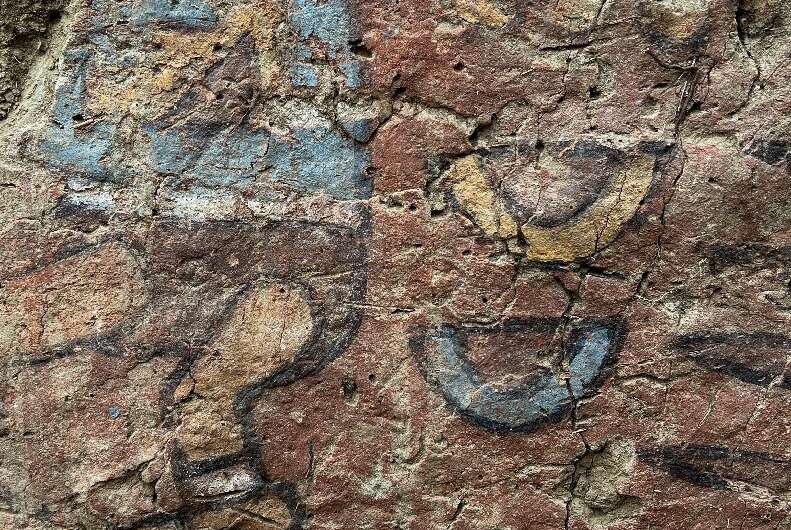
“It’s an exceptional discovery, first of all, because it is rare to unearth wall paintings of such quality in pre-Colombian archaeology,” Ghavami remarked. The mural’s imagery is thought to reflect a sacred hierarchy and the deep connections between the ancient inhabitants and natural forces.
Historical Context
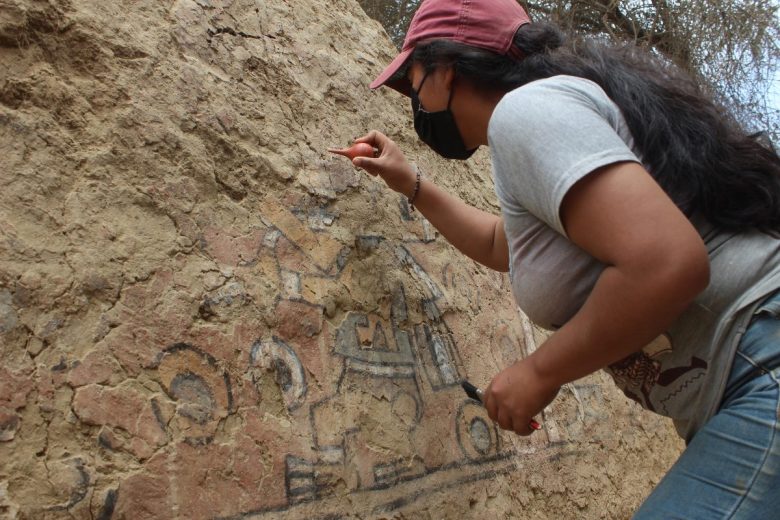
The Huaca Pintada’s existence was first hinted at in 1916 when German ethnologist Hans Heinrich Brüning captured black and white photographs of the site. Brüning had learned about the mural after treasure hunters, who had come across the site, found nothing of value. Over time, dense vegetation obscured the mural, and it was not until Ghavami’s renewed interest that the search for the fresco began.
Ghavami faced significant challenges, including obtaining permission from the landowners where the mural was found. After overcoming these hurdles, his team finally located the mural after four years of extensive effort.
Significance of the Mural
The mural’s discovery is not just a triumph of archaeological persistence but also a key to understanding ancient Peruvian cultures. The fresco is believed to be part of the Huaca Pintada temple, associated with the Moche civilization that thrived from the 1st to the 8th centuries AD. However, the mural also exhibits a fusion of styles from two pre-Incan cultures: the Moche and the Lambayeque, who inhabited Peru’s north coast between 900 and 1350 AD.
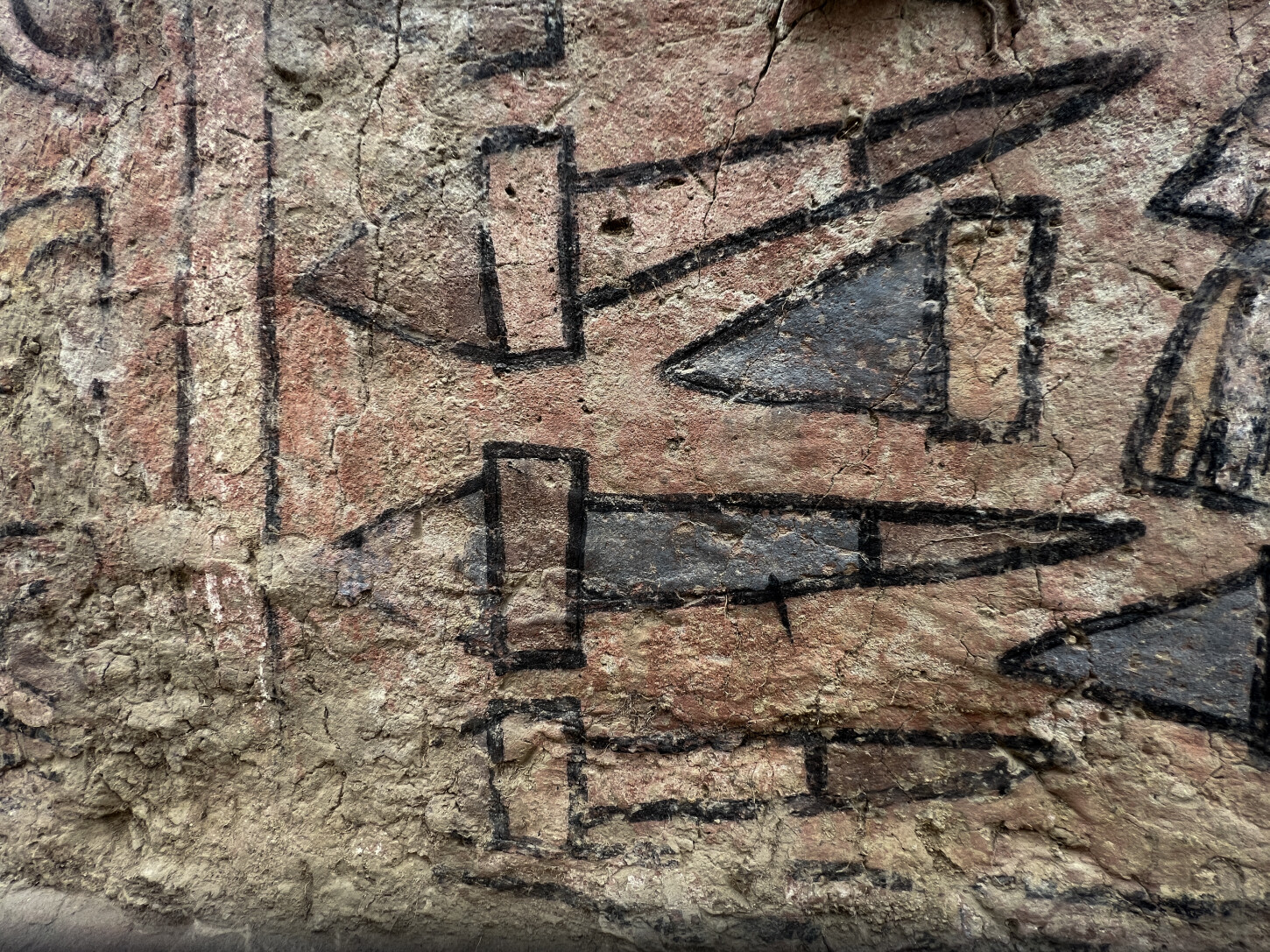
Ghavami indicates that the mural could offer insights into the political and religious dynamics of the region’s ancient societies. Deciphering the mural’s symbolism and messages will be a significant focus of his ongoing research.
Conclusion
The uncovering of the Huaca Pintada represents a remarkable achievement in the field of archaeology. The mural not only illuminates aspects of pre-Hispanic culture but also exemplifies the perseverance and dedication required in archaeological exploration. While the site is currently covered for preservation, there are plans to restore and eventually open it to the public, allowing future generations to appreciate this invaluable piece of Peru’s ancient heritage.
